牛津高中英语模块五 unit3 Reading1 detailed reading
- 格式:pptx
- 大小:528.02 KB
- 文档页数:27
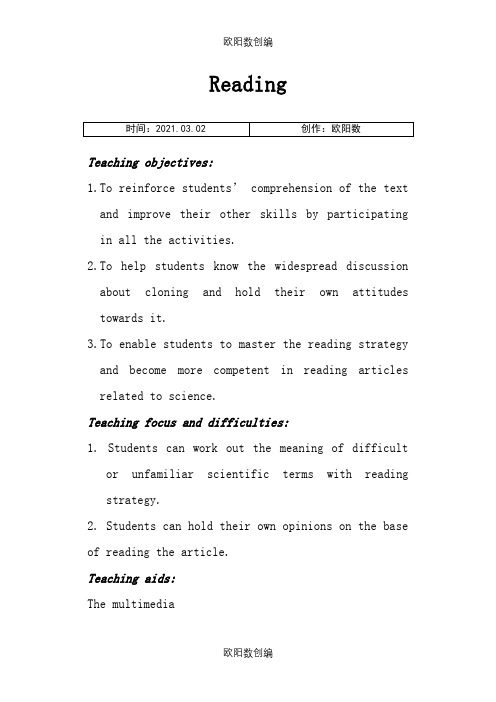
ReadingTeaching objectives:1.To reinforce students’ comprehension of the text and improve their other skills by participating in all the activities.2.To help students know the widespread discussion about cloning and hold their own attitudes towards it.3.To enable students to master the reading strategy and become more competent in reading articles related to science.Teaching focus and difficulties:1. Students can work out the meaning of difficultor unfamiliar scientific terms with reading strategy.2. Students can hold their own opinions on the base of reading the article.Teaching aids:The multimediaBrief teaching procedures:Step1 Lead- inCheck the homework. Encourage students to share their sources relevant to cloning technology with the whole class. Tell students that cloning has been the subject of scientific experiments for years. The recent success in cloning animals has resulted in fierce debates between scientists, politicians and public.Step2 Reading strategyGet students to go through the reading strategy, and make sure that everyone of them understands how to work out the meaning of these scientific terms.Step1 Begin by reading the first and last paragraphs for an idea of what the article is about.Step2 Circle any words you do not now. Question things you do not understand or that do not appear to make sense.Step3 Read through the article a few times, and make sense of the scientific terms upon further readings.Step3 First reading—Main ideaAsk students to refer to the reading passage and find out the main idea.(The reading passage is made up of a newspaperarticle about cloning and two readers’ letters. Wewill be given information about how cloning is being researched and the different attitudes towards it.)Step4 Second reading—Understanding scientific termsAsk students to circle the unfamiliar words or things they do not understand while second reading. (For example: embryo, tissues and organs, interfere with nature, etc)Step5 Third reading—Detailed informationAsk students to read only the article carefully,and finish the following exercises:1. What are the different attitudes towards the success of cloning a human embryo?On the one hand (valuable tissues and organs canbe produced and be used tosave human lives)On the other hand (human beings may be on the wayto producing a real-lifemonster)Some people consider that (cloning human embryoswith the intention to destroythem shows no respect forhuman life.)2. Who are the persons in the article related tocloning?persons introductions relations to cloningIan Wilumt a Scottish scientist whocreated Dolly, the firstmammal to be clonedsuccessfully from anadult cell He was shockedwhen hearing some scientists were considering cloning human beings. He never intends to create copies of humans. Instead, he thinks the efforts of scientists should be directed towards creating new cells and organs that could be used to cure diseases like cancer.Faye Wilson a woman of 41 yearsold who cannot have ababy. She is desperate to have a baby of her own, a child that is genetically related to her.Severino Antinori an Italian doctor, whois one of the leaders inthe cloning researchHe has declared that he wants to be the firstto clone a human being.Chinese scientists who have focused theirefforts on cloninganimals and stem cellsto be used in medicalresearchChina has succeeded in producing clones ofcows and goats, and continues to researchthe ways in which cloning can benefitmankind.Ask students to read the two letters carefully, and judge whether the statements are true or false: Pauline Carter thinks:1. the nature will pay back if we interfere withnature. ( T )2. we should clone fewer babies to reduceEarth’s population. ( F )3. the lady who cannot have a baby can adopt anorphan, but not have a clonedbaby. ( T )Coline Jake thinks:1. the news that the first human embryo has becloned successfully is very terrible.( F )2. scientists have succeeded in challengingquestions of morality. ( F )3. human cloning is a good way to save herdaughter who has died. ( F )Step6 Further discussionUnderstanding the scientific terms and reinforcing the comprehension of the text, students are got to form groups of four or six to discuss the further questions:1. Find the reasons why people are for or against human cloning in the article and letters and write them in the table belowFor human cloning Against human cloning1. produce valuable tissues and organsthat could be used to save human lives 1. human life becomes like a crop to be harvested or a product for sale2. help those who are unable to have children 2.produce a real-life Frankstein’s monster3. help those who want to clone their dead children 3. lead to more diseases in the animal world4. shows no respect for human life5. should be having fewer babies in order to reduce Earth’s population, not cloning more2. Do you think it would be easy for the cloned baby to accept his/ her social identity as a ‘cloned’ human being?3. What would the person that had the original cell feel about the cloned baby?4. Think about the relationship between the title of the unit Science versus nature and cloning technology.Step7 HomeworkThink about the difficult scientific terms underlined before up on the text learning。
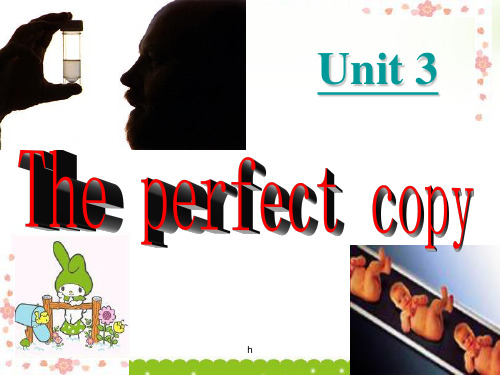
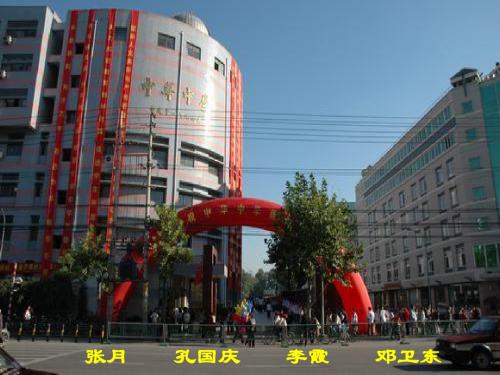
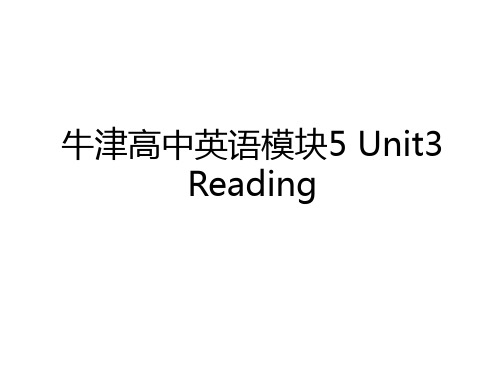
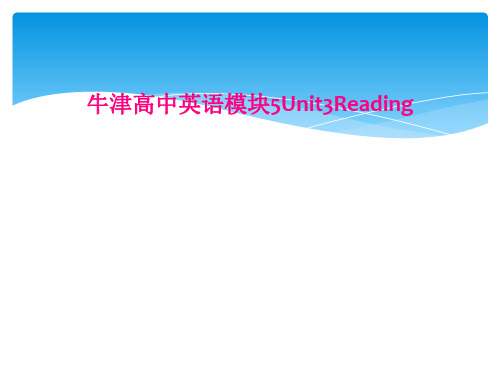
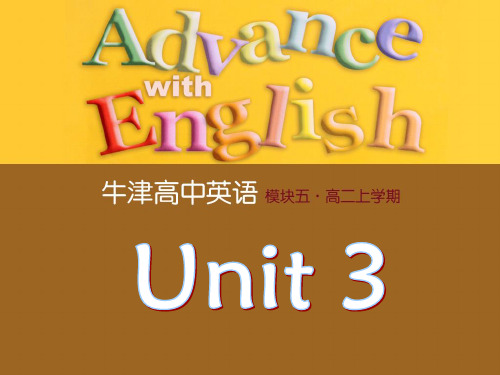
ReadingTeaching objectives:1.To reinforce students’ comprehension of the text and improve their other skills by participating in all the activities.2.To help students know the widespread discussion about cloning and hold their own attitudes towards it.3.To enable students to master the reading strategy and become more competent in reading articles related to science.Teaching focus and difficulties:1. Students can work out the meaning of difficult orunfamiliar scientific terms with reading strategy.2. Students can hold their own opinions on the base of reading the article.Teaching aids:The multimediaBrief teaching procedures:Step1 Lead- inCheck the homework. Encourage students to share their sources relevant to cloning technology with the whole class. Tell students that cloning has been the subject of scientific experiments for years. The recent success in cloning animals has resulted in fierce debates between scientists, politicians and public.Step2 Reading strategyGet students to go through the reading strategy, and make sure that everyone of them understands how to work out the meaning of these scientific terms.Step1 Begin by reading the first and last paragraphs for an idea of what the article is about.Step2 Circle any words you do not now. Question things you do not understand or that do not appear to make sense.Step3 Read through the article a few times, and make sense of the scientific terms upon further readings.Step3 First reading—Main ideaAsk students to refer to the reading passage and find out the main idea.(The reading passage is made up of a newspaper article about cloning and two readers’ letters. We will be given information about how cloning is being researched and the different attitudes towards it.)Step4 Second reading—Understanding scientific termsAsk students to circle the unfamiliar words or things they do not understand while second reading. (For example: embryo, tissues and organs, interfere with nature, etc)Step5 Third reading—Detailed informationAsk students to read only the article carefully, and finish the following exercises:1. What are the different attitudes towards the success of cloning a human embryo?On the one hand (valuable tissues and organs canbe produced and be used tosave human lives)On the other hand (human beings may be on the wayto producing a real-lifemonster)Some people consider that (cloning human embryoswith the intention to destroythem shows no respect forhuman life.)2. Who are the persons in the article related tocloning?persons introductions relations to cloningIan Wilumt a Scottish scientist whocreated Dolly, the firstmammal to be clonedsuccessfully from anadult cell He was shockedwhen hearing some scientists were considering cloning human beings. He never intends to create copies of humans. Instead, he thinks the efforts of scientists should be directed towards creating new cells and organs that could be used to cure diseases like cancer.Faye Wilson a woman of 41 yearsold who cannot have ababy. She is desperate to have a baby of her own, a child that is genetically related to her.Severino Antinori an Italian doctor, whois one of the leaders inthe cloning researchHe has declared that he wants to be the firstto clone a human being.Chinese scientists who have focused theirefforts on cloninganimals and stem cellsto be used in medicalresearchChina has succeeded in producing clones ofcows and goats, and continues to researchthe ways in which cloning can benefitmankind.Ask students to read the two letters carefully, and judge whether the statements are true or false: Pauline Carter thinks:1. the nature will pay back if we interfere withnature. ( T )2. we should clone fewer babies to reduce Earth’spopulation. ( F )3. the lady who cannot have a baby can adopt anorphan, but not have a clonedbaby. ( T )Coline Jake thinks:1. the news that the first human embryo has becloned successfully is very terrible.( F )2. scientists have succeeded in challengingquestions of morality. ( F )3. human cloning is a good way to save herdaughter who has died. ( F )Step6 Further discussionUnderstanding the scientific terms and reinforcing the comprehension of the text, students are got to form groups of four or six to discuss the further questions:1. Find the reasons why people are for or against human cloning in the article and letters and write them in the table belowFor human cloning Against human cloning1. produce valuable tissues and organsthat could be used to save human lives 1. human life becomes like a crop to be harvested or a product for sale2. help those who are unable to have children 2.produce a real-life Frankstein’s monster3. help those who want to clone their dead children 3. lead to more diseases in the animal world4. shows no respect for human life5. should be having fewer babies in order to reduce Earth’s population, not cloning more2. Do you think it would be easy for the cloned baby to accept his/ her social identity as a ‘cloned’ human being?3. What would the person that had the original cell feel about the cloned baby?4. Think about the relationship between the title of the unit Science versus nature and cloning technology.Step7 HomeworkThink about the difficult scientific terms underlined before up on the text learning。